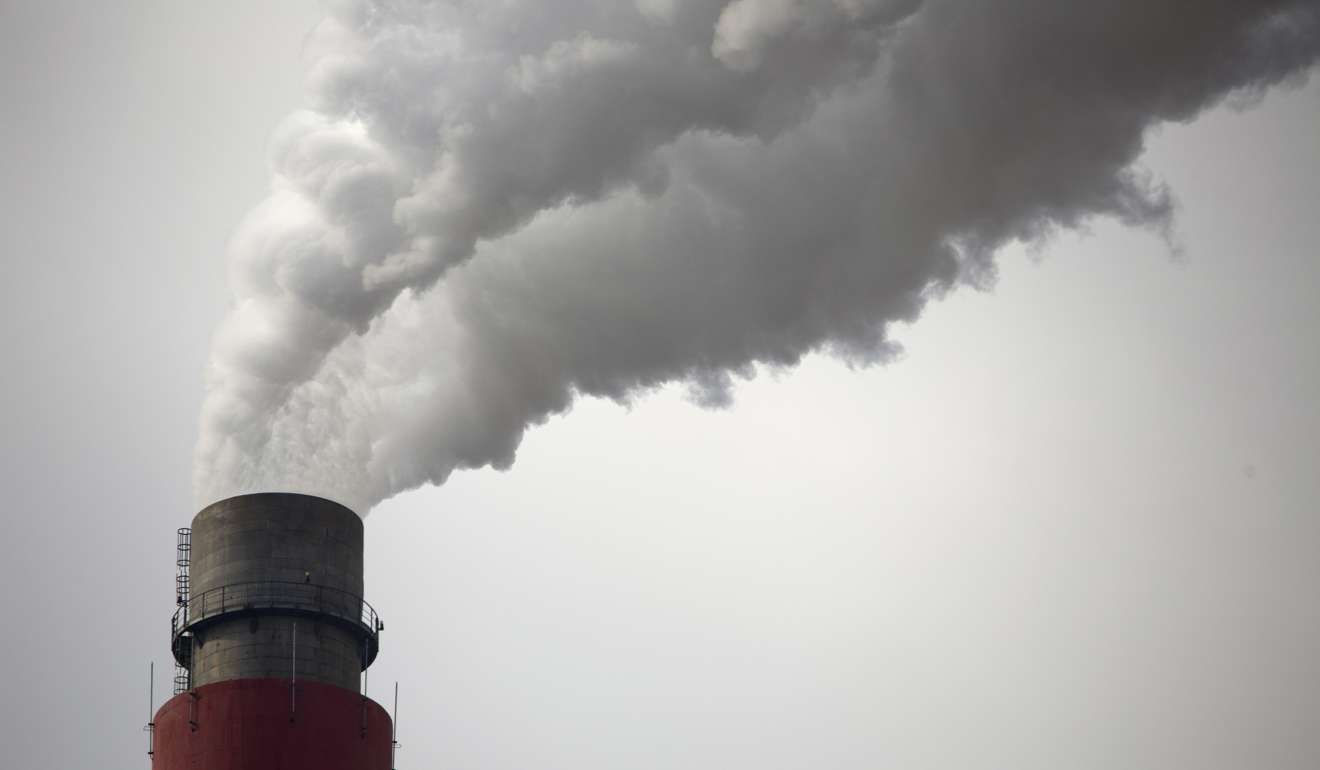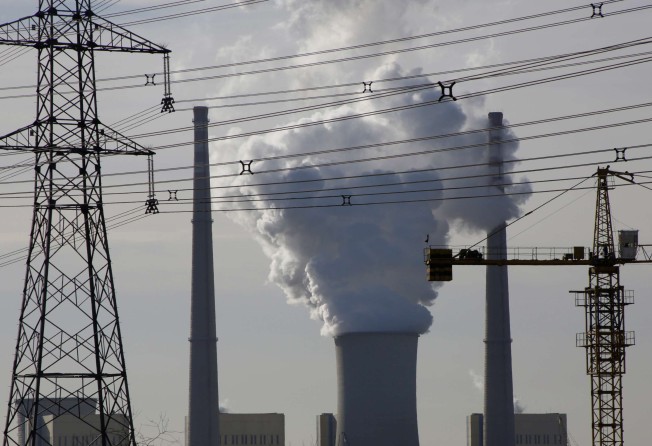
China’s national carbon trading rollout expected to have major impact on key industries

China, the world’s largest greenhouse gas emitter, may roll out a national carbon trading scheme in July this year, which will have deep implications on key industries including power generation, petrochemicals, chemicals, iron and steel, and aviation, analysts say.
Chinese authorities were “on the home stretch” of preparation for a national cap-and-trade programme for carbon emissions, which was likely to kick off in July, the state-run Economic Information Daily reported last week.
“Putting a price on carbon emissions can be an effective means to hasten the transition to a lower-carbon economy,” said HSBC analysts Chan Wai-shin and Thomas Hilboldt, lead authors of a recent research report on the subject.
Under the programme, the government will set a limit on the amount of carbon dioxide to be emitted annually. Companies are then issued permits that allow them to hold credits in order to emit an equivalent amount of carbon dioxide. Companies that need to increase their credits must buy from those that emit less.

The national scheme will build on the seven existing regional carbon trading markets in Beijing, Shanghai, Shenzhen and several other cities.
According to preliminary guidelines from the National Development and Reform Commission, the national emissions trading system will cover eight broad industries in the first stage, including petrochemicals, construction materials, chemicals, iron and steel, non-ferrous metals, pulp and paper, power generation and aviation.
The new scheme would have pros and cons for these sectors, Chan and Hilboldt said.
In the utilities and power generation industries, cash flows of coal-fired power generators may be affected over the longer term as carbon emissions are more restricted.
According to an estimate by HSBC, the 2020 earnings of those independent power producers covered by the bank could drop 5 to 37 per cent.
However, under the emissions trading system, the renewable energy sector would be able to earn extra revenue through selling carbon credits to those that emit more than their quota allows.
The chemicals industry might face stricter rules as it had a significant environmental impact, the analysts said.
“The core of China’s coal-to-chemical industry is the creation of synthesis gas from coal to use as feedstock. [Carbon dioxide] is released, and sometimes used, at many stages throughout the polyolefins production process,” they said.
The analysts expect China to impose the “most stringent environmental standards” to limit expansion of coal-to-chemicals as the focus is on employing better technology.
In aviation, they anticipate participation in the scheme may be restricted to domestic carriers such as intra-China flights.
However, the impact will be “minimal” for airlines as they are already keen to enhance fuel efficiency and reduce emissions.
“Burning jet fuel is the main contributor to [carbon] emissions,” the analysts said. “[But] fuel is a major cost item for aviation so there is already a desire in the industry to improve fuel efficiency.”
Over the longer term, this will prompt airlines to use more fuel-efficient aircraft and possibly other types of fuel such as biofuel.
Fuel is a major cost item for aviation so there is already a desire in the industry to improve fuel efficiency
For the construction materials industry, the scheme will trigger a change in the Chinese construction method from labour-intensive to more prefabrication, which reduces wastage and increases efficiency.
Prefabrication refers to the practice of assembling components in the factory and transporting complete assemblies to the construction site, as opposed to the more conventional method of transporting materials to the construction site and then carrying out the assembly.
In particular, cement companies may need to gather carbon emissions data and report it to the government. They may also need to analyse which of their facilities or processes generate the most carbon emissions.
For the steel and non-ferrous metals sectors, the HSBC analysts said the government’s ongoing efforts to cut overcapacity would help curtail emissions growth.
“Emissions related to steel production have the potential to fall sharply as the industry is consolidated and excess capacity is removed,” they said.